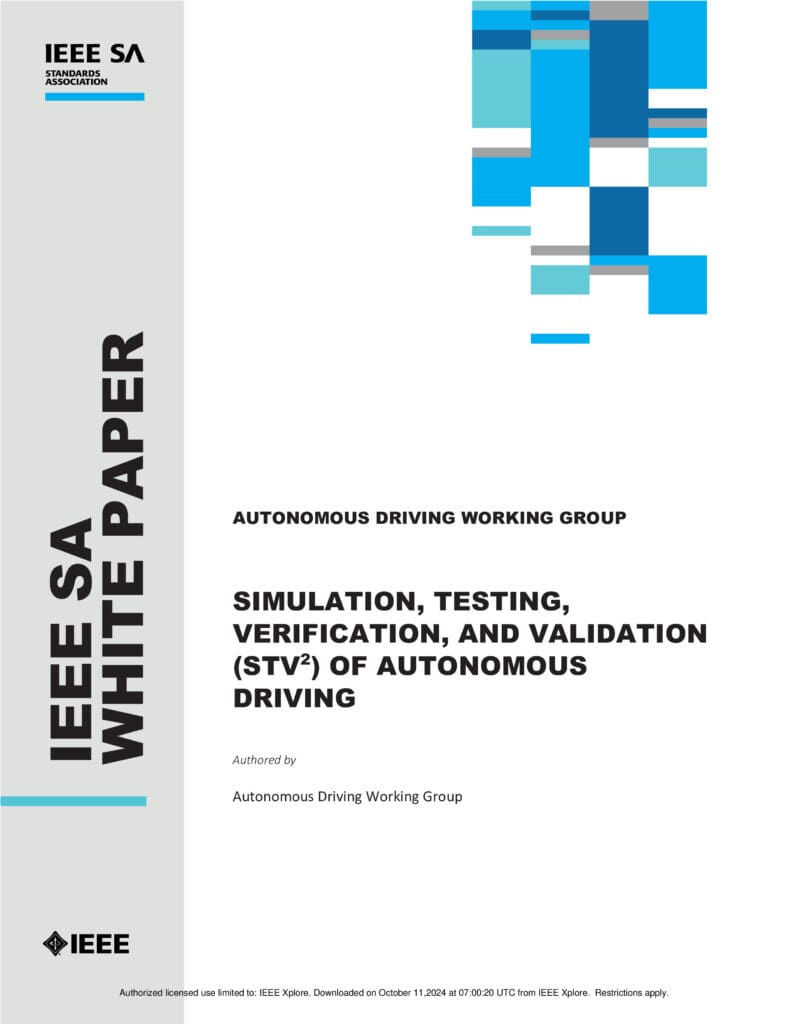Working groups interested in writing a white paper can find additional information in this White Paper Criteria List (PDF) and should use this downloadable template (DOCX) to draft their paper.
Industry Connections program working groups can develop a white paper using this downloadable template (DOCX).
Those members drafting a white paper for ICAP should use this downloadable template (DOCX).
All groups are encouraged to download and consult the IEEE SA Non-Standard Projects Style Manual (PDF).

Hardware Security Attack Landscape and Countermeasures
An overview is given of attacks on hardware security by introducing the four attack classes: logical attacks, physical observative attacks, physical fault injection attacks, and physical manipulative attacks. Descriptions and examples are given for each class of attack. Additionally, typical countermeasures for products to prevent successful attacks are listed and…

Corporate Digital Responsibility (CDR) Securing Our Digital Futures
In recognition of the complexities facing organizational leaders in navigating responsibility across the social, economic, and environmental (physical and digital) domains, corporate digital responsibility (CDR) is a method to assist evidence-based decision-making processes. Furthermore, few organizations possess the skills, knowledge, or resources to implement a coherent process or policy to…

Mobile and Transportable Energy Storage Systems: Business Case and Benchmark Analysis
An innovative approach to conventional portable and emergency gensets involves the use of mobile energy storage systems (MESS) and transportable energy storage systems (TESS), offering clean and noise-free alternative solutions. While enhancing grid reliability and resilience remains a critical objective in MESS/TESS deployment, it is equally important to assess the…

The Development of The Trusted Digital Identity Industry In Future Networks
The historical development of information and communication network identity, as well as insights into network identity technologies, applications, and industry trends are reviewed in this report. Current approaches to implementing digital identity in future networks are outlined, and definitions and key metrics for trustworthy digital identities in future networks are…

XR Ethics in War, Conflict, and Defense
The scope of this report is the exploration of ethics-related issues to support the development, design, and deployment of XR applications in the war, conflict, and defense domain and the aim is to initiate expert-driven, multidiscipline analysis of the evolving XR Ethics requirements, with a vision to propose solutions, technologies,…

Simulation, Testing, Verification, and Validation (STV2) of Autonomous Driving
STV2 is a set of processes that support the development, validation, and operation of autonomous driving systems from the perspectives of safety and cost. The scope, architecture, and critical components of STV2, as well as how the full lifecycle of autonomous driving systems is covered, is presented in this white…

A Framework for Human Decision-Making through the Lifecycle of Autonomous and Intelligent Systems in Defense Applications
The framework set out in this document is intended to help inform a range of stakeholders involved in various types of decision-making related to autonomous and intelligent systems (AIS), especially in the military context. The framework provides a granular means for identifying the technical considerations that are necessary to meet…

Low-Latency Communication White Paper
This white paper is to inform users and IEEE 802 working groups on the applications and requirements for low latency communications. Low latency is challenging to implement in wired or wireless networks. Some wireless applications are located in physical environments over which the operator/owner can exert control in unlicensed and…

Stabilizing Qubits with Dynamic Frequencies, the Implications on Post-Quantum Encryption Protocols, and A Hybrid Quantum Internet
The paper discusses how stabilized qubits can impact encryption methods, such as quantum key distribution (QKD) and Quantum Elliptical Curve Cryptography (QECC), by enhancing computational integrity and error rates. However, the ability to stabilize qubits also introduces potential risks, as it may lead to vulnerabilities in quantum cryptographic systems if…

WEB 3.0: The Evolution of Information-Centric Networks
The aim of Web 3.0 is to revolutionize how users interact with and derive value from information in the digital age. By providing a framework for efficient information organization, value creation, and privacy preservation, solutions to critical challenges facing the current internet ecosystem are offered. The technical architecture, economic model,…

